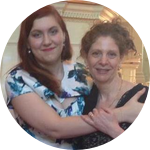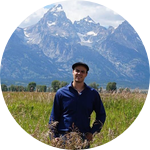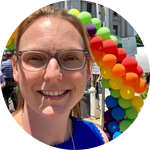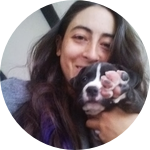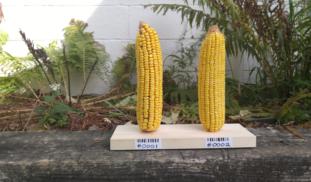Please wait...
About This Project
Biology Fortified, Inc.
We are testing the hypothesis that wild animals such as squirrels and deer prefer non-GMO corn, and avoid GMO corn.
More Lab Notes From This Project

Browse Other Projects on Experiment
Related Projects
Zap-pore: DIY Electroporation for Global Biotech Accessibility and for plant genetic engineering
Zap-pore is a low-cost (10$), open-source DIY tool for electroporation, using everyday tools and common...
Exploring African biodiversity with an open-source educational program in Plant Synthetic Biology
Much of Africa's plants have not been studied. As a non-profit, SynBio4ALL aims to study plant biodiversity...
Empowering high school students in genome sequencing and bioinformatics
This project transforms HS science education by integrating real-time DNA barcoding and bioinformatics into...

